The Fidesz-Christian Democrat (KDNP) alliance continues to lead the party race in July, as it would garner 47% of the vote in a general election. This is two percentage points higher than the alliance's result in this June's European Parliament election, but still within the margin of error. Meanwhile, this spring's big reshuffle on the left side of the political spectrum appears to have ended. The Tisza Party commands 29 percent support (up from almost 30 percent in June), while the DK-MSZP-Dialogue coalition would repeat its 8-percent performance measured in the EP elections.
The Our Homeland Movement (Mi Hazank Mozgalom) scored confidently higher than the threshold for entry, and it could even reach 9 percent in a parliamentary election this Sunday (it achieved nearly 7 percent in the EP elections). Among the parties that did not win a mandate in the EP elections, the Two-Tailed Dog Party would have the best chance (5 percent) of entering parliament (it reached almost 4 percent in June), while the combined support of all the other opposition micro-parties has already dropped to two percent (they scored above 7 percent in the EP elections).
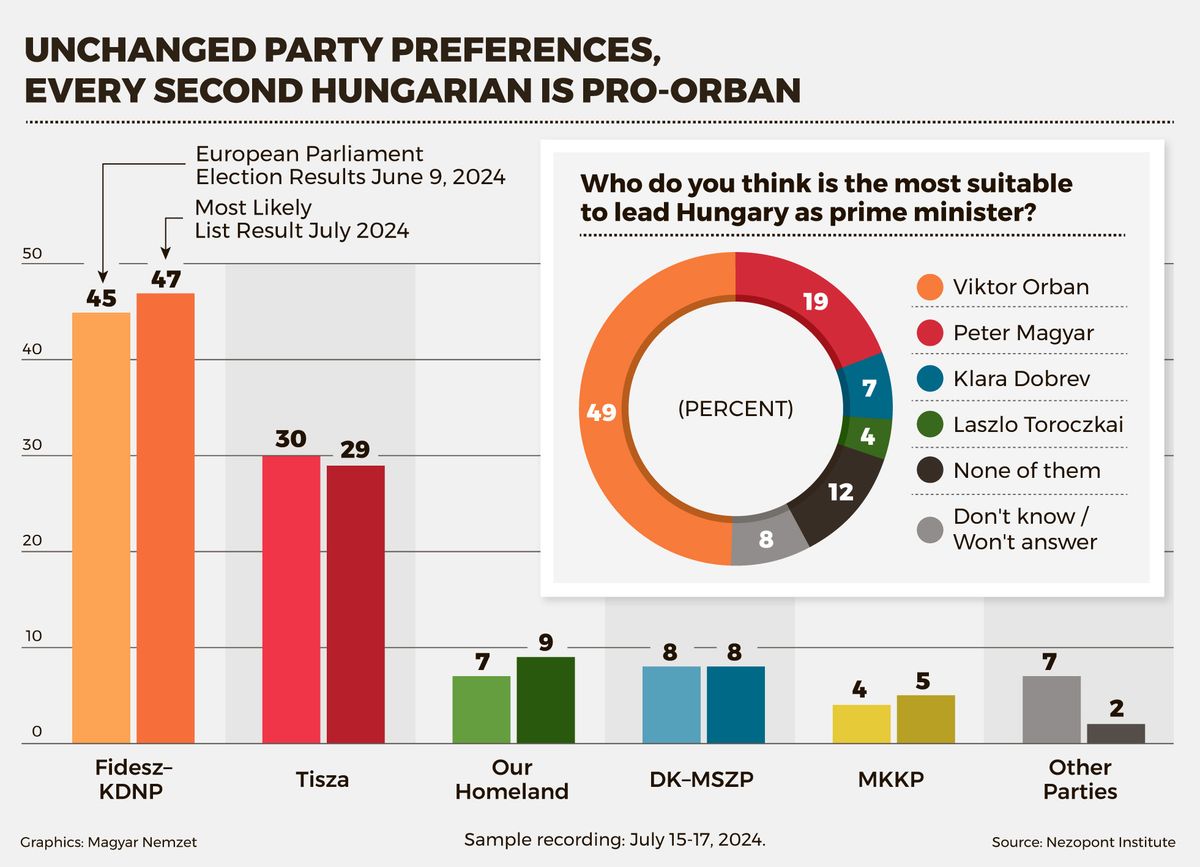
The assessment of the suitability of individual political leaders to be prime minister is also instructive.
In a possible parliamentary election, out of all the potential prime ministerial candidates, Hungarians clearly consider Viktor Orban the most suitable (49%) to lead Hungary.
Since the recent election, Hungary's head of government has been viewed even more favorably than the governing parties, particularly for his efforts to establish a new European party alliance and embark on a peace mission.

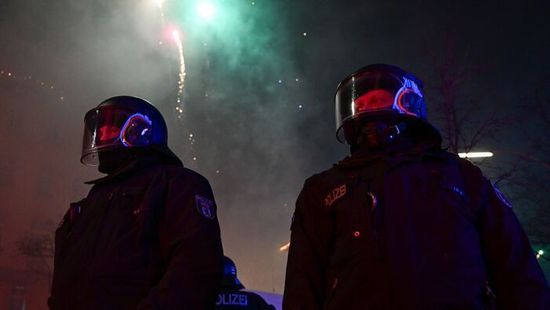

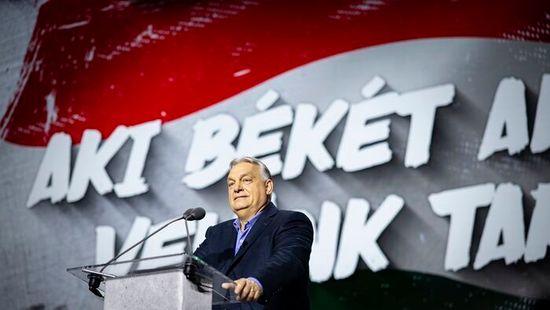
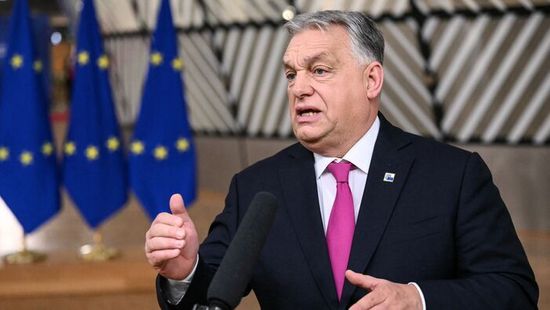


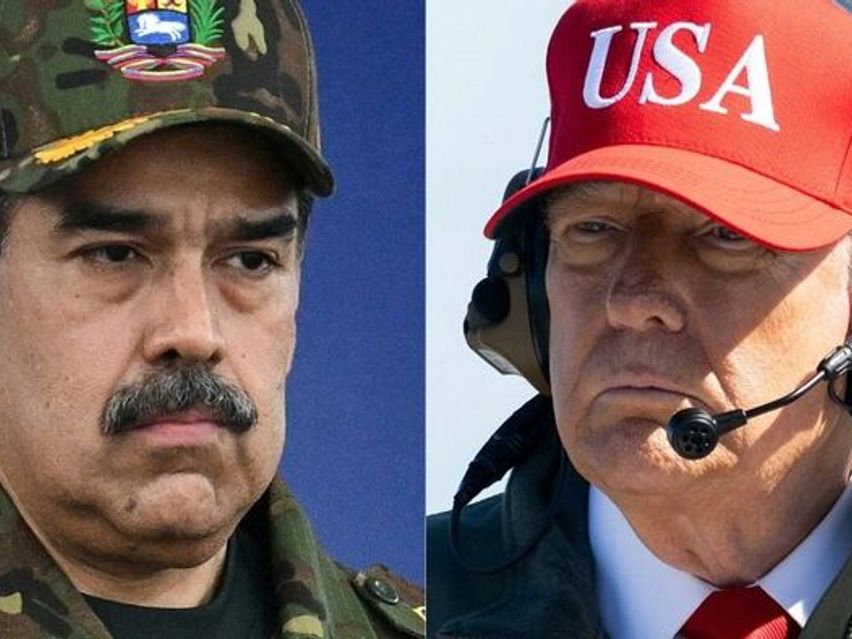

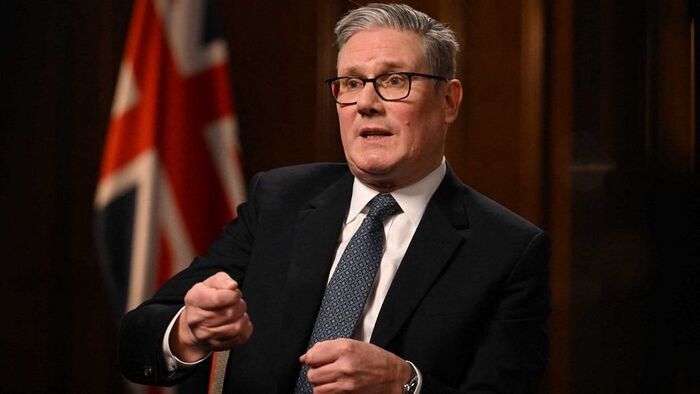

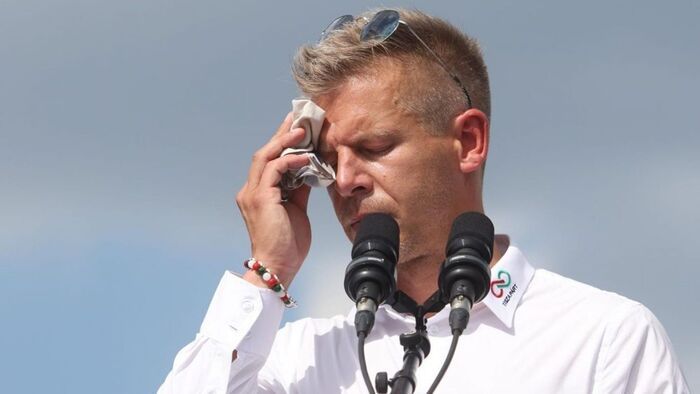
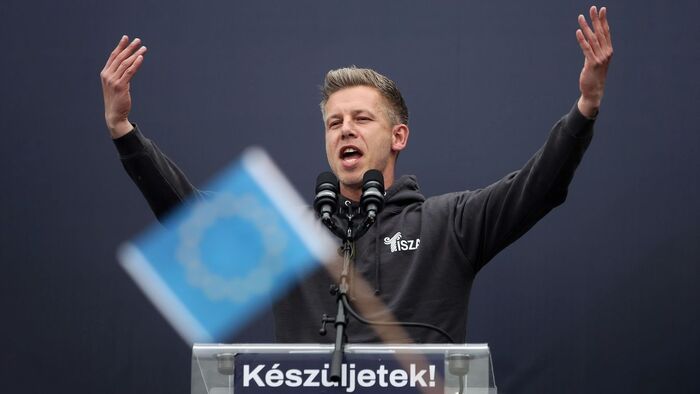
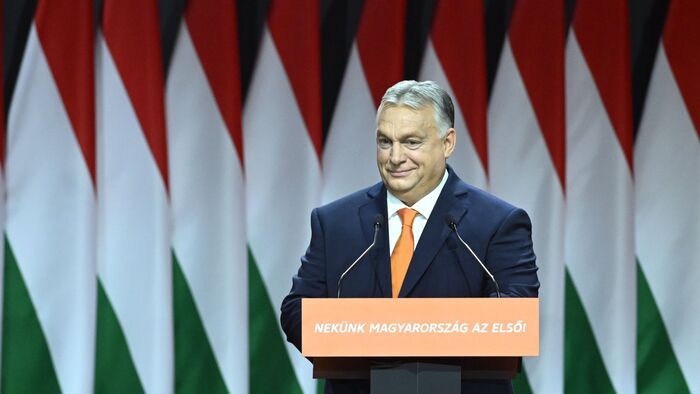
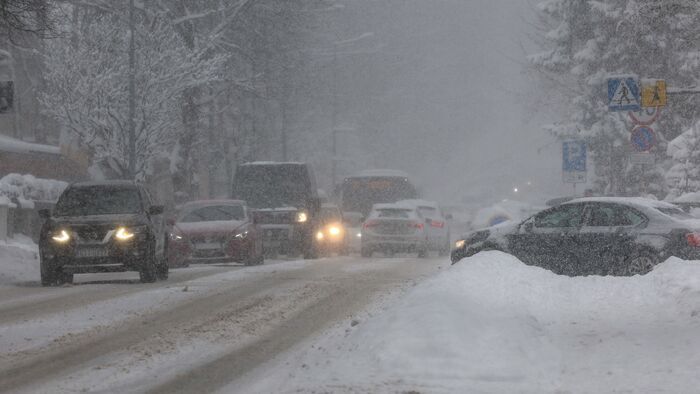
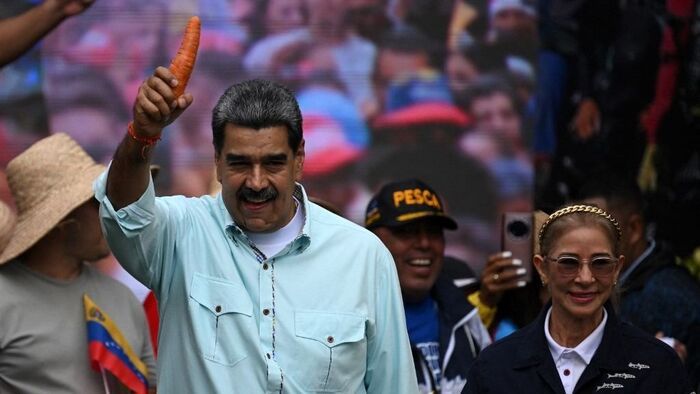
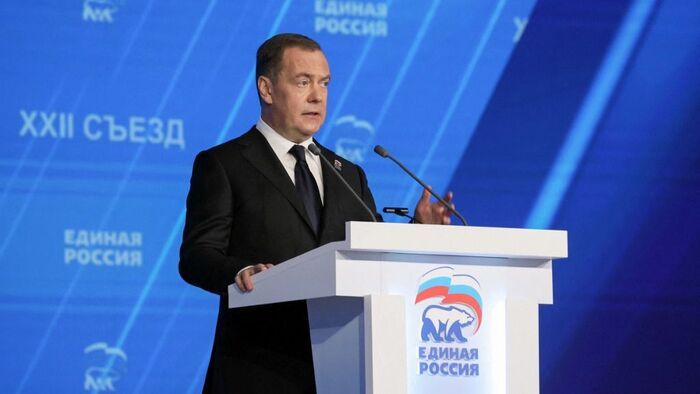
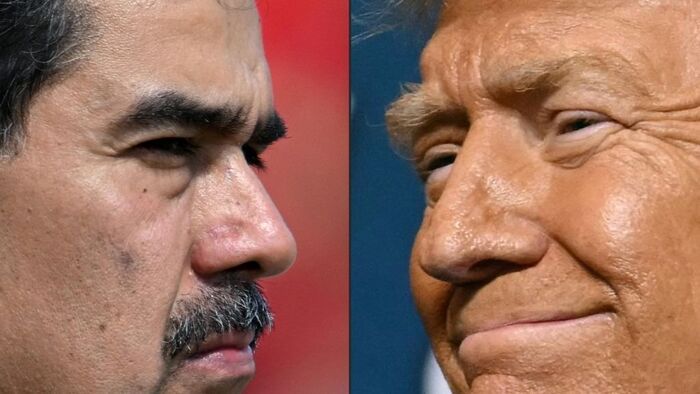
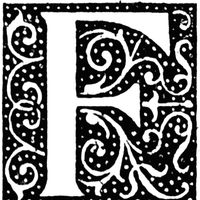




Szóljon hozzá!
Jelenleg csak a hozzászólások egy kis részét látja. Hozzászóláshoz és a további kommentek megtekintéséhez lépjen be, vagy regisztráljon!